How do you soothe pangs of stress? By eating dark chocolates? Listening to music? Talking to a loved one? Writing your journal? Most of these tricks give you temporary stress relief! Even yoga and meditation need time and discipline and cannot be done anywhere, anytime! Here’s an easier, shorter, and faster Japanese healing technique. Now fight stress in just 5 MINUTES!!!
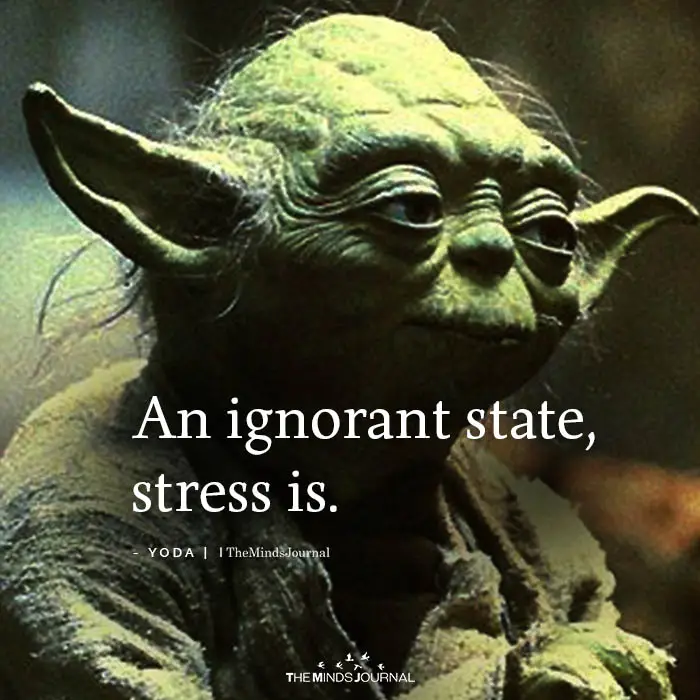
Experiencing challenges and stress is good to grow up mentally strong, but too much stress damages both physical and mental health.
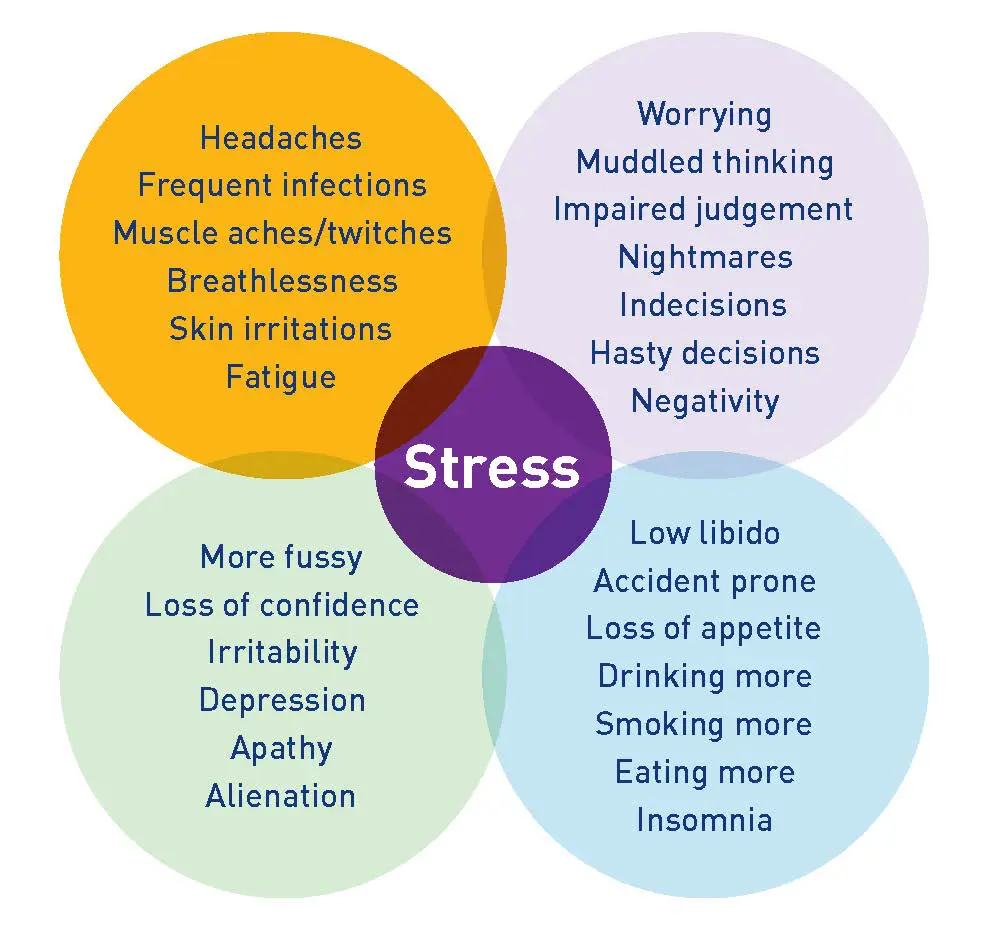
That said, striving hard for a stress-free life is foolishness!
Gudjon Bergmann rightly said, “There is no such thing as a stress-free life. No evidence has ever been presented which suggests that a stress-free life can ever be achieved. Stress can be managed, relieved and lessened, but never eliminated.”
Can you eliminate stress caused by sickness, failure, relationship issues or situations like COVID-19? No.
There many such things in our life that are not in our control. So, one should always focus on how to manage or relieve stress, but not eliminating it from life.

Earlier The Minds Journal has published various blogs on stress management and mind-calming tips. This blog post specifically focuses on the age-old Japanese healing method for rapid stress relief also known as Jin Shin Jyutsu.
Jin Shin Jyutsu – The Ancient Art of Healing
JIN means the man of knowing and compassion;
SHIN means creator and;
JYUTSU means art
Thus, the word “Jin Shin Jyutsu” literally means the art of creator through the man of knowing and compassion.
The key to stress relief using Jin Shin Jyutsu. is – balancing life energy force.
Check out Hindu, Greek, Zen, Native American, and other ancient healing wisdom and all of them focus on life energy force that one must balance and harmonize for well-being.
So is Jin Shin Jyutsu! It harmonizes universal energy flow, which leads to instant stress relief. This contributes to maintaining good health. It’s a universal art of holding thumbs and fingers, available to each one of us from the moment we are born. It is part of our human make-up.
Remember our mind and body are connected. Our energy body is made up of 144,000 energy functions. Like rivers, different energy pathways in our body connect us from head to toe and toe to head. These energy pathways are found in our hands. So holding a finger helps 14,400 energy functions.
Jin Shin Jyutsu – the ancient stress relief technique uses acupressure points on palms, thumbs, and fingers. And you can see effective results within 2-5 minutes.
Before discussing how this works to balance and transfer energy within your body, let’s first understand the role of thumbs and fingers in the healing process.
Also read: Nunchi: How This Traditional Korean Concept Can Help Build Better Relationships
The power of our hand
To practice Jin Shin Jyutsu you must understand the power of your hand. Each finger of your hand represents different feelings, attitudes, and emotions.
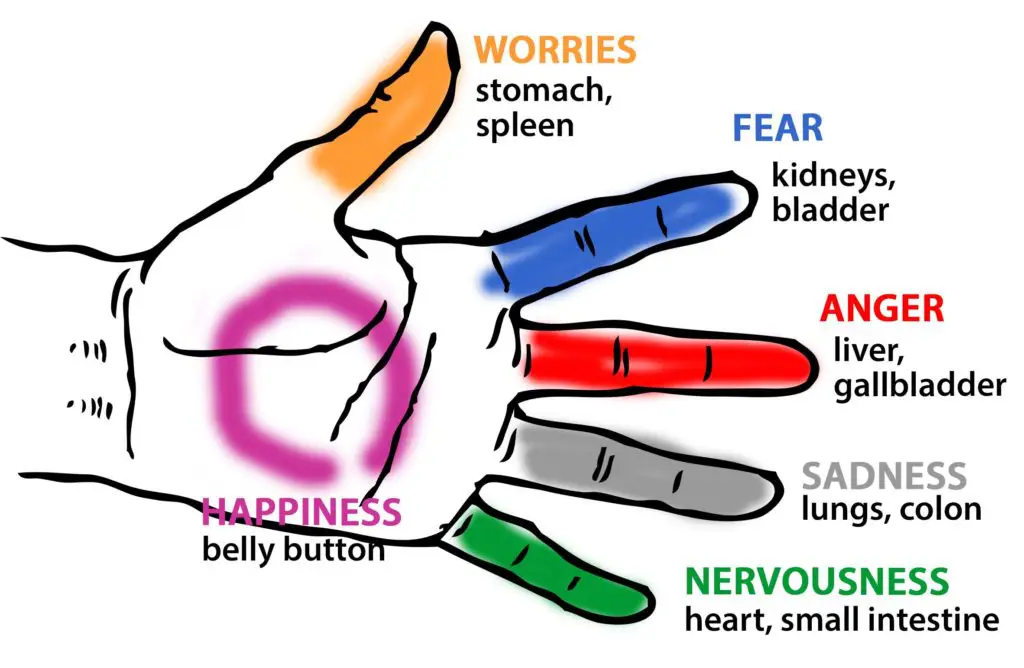
- The Thumb finger – helps take care of emotions like anxiety and worry.
- The Index finger – helps in fighting fears and combat kidney and bladder problems.
- The Middle finger – helps combat feelings of anger and fatigue and improves blood circulation system.
- The Ring finger – helps you fight melancholy and depression, encourage decisiveness and improve digestive system.
- The Pinky finger – improves blood flows to the nervous system making you feel calm and relaxed. Relieve stress and boosts your self-esteem and confidence.
Holding and focusing on each finger will dilute the feelings of anxiety, fear, rage, sadness, and issues with self-esteem. This technique helps you manage your emotions and stop feeling stressed. Consequently, energy flows more smoothly through different organs like kidneys, gall bladder, liver so that the whole body functions properly.
Steps to perform Jin Shin Jyutsu or acupressure technique:
- Start with the thumb finger and grasp it with your opposite hand i.e, you have to wrap the hand around the finger.
- Hold it for two minutes and feel the pulse. Don’t put pressure on your skin. But, just a little soft touch. This is why the practice is also called the “The Art of Light Touch”.
- Repeat the process for all the other fingers
- To calm your mind and aid in relaxation, apply slight pressure to the centre of your palm with your opposite thumb and hold for at least one minute. This step balances your whole body and also helps when you experience nausea.
Check out the video below that demonstrates the acupressure technique:
Jin Shin Jyutsu is advantageous because –
- It just takes 2-5 minutes to get relief from stress and anxiety.
- You can practise this technique anywhere, anytime (even at your workplace) without anyone noticing, unlike yoga and meditation that needs a comfortable place to practise.
- Healthier than anxiety-banishing foods like pastries, ice creams, that can make you overweight and obese.
- This is a self-help technique (involves use of thumbs and fingers), which makes it dynamic.
In one small study nurses were told to use this acupressure technique and researchers measured their stress levels before and after one month of daily practice. Research showed a significant increase in positivity, gratitude, calmness, motivation and a significant decrease in stress, anger, depression and moral issues.
Acupressure technique also lowered sleeplessness, muscle aches, and headaches in nurses. Also, they were able to treat patients with more care, empathy, and compassion and provide them personalized and culturally congruent care, while dealing with stressful situations.
Also read: Ikigai: The Japanese Secret That’ll Transform Your Outlook On Life
In another study published in the Journal of Holistic Nursing, women diagnosed with breast cancer performed 10 Jin Shin Jyutsu sessions. Stress was measured using a questionnaire. Upon comparing the before and after session data (such as helpfulness of Jin Shin Jyutsu, the adaption of participants, their activities of daily living, etc), researchers found that women were benefitted from the healing technique. They wanted to feel better physically and emotionally and to live a fuller life and were seeking balance in life.
This healing method existed over 3,000 years ago even long before Buddhism started and was passed down through generations. In the 1900s Jiro Murai, a Japanese philosopher, discovered this healing art at the age of 26 when he was severely ill. He engaged in intense study and meditative practice for 34 years until he discovered the energy within his body. And finally named this practice as it is today.
Over years, Jin Shin Jyutsu became popular and accepted worldwide. UK HealthCare is applying this technique since 2011 for treating patients both physically and mentally.
Also read: Kaizen: A Japanese Technique for Overcoming Laziness
The bottom line
Stress is inevitable in our lives! Practice Jin Shin Jyutsu every day and you will notice that you are able to deal with stress more effectively. You will feel more calm, positive, relaxed, and physically fit.
Try this technique when you experience pangs of stress and let us know how you feel in the comments below.
Please share this article with anyone who you may think will find it valuable and helpful.
References 1. Burmeister, M. and Landon, M., 1980. Jin Shin Jyutsu Is. Jin Shin Jyutsu, Incorporated. 2. Burmeister, A., 1997. The touch of healing: Energizing body, mind, and spirit with the art of Jin Shin Jyutsu. Bantam. 3. Lamke, D., 1996. A research study: Jin shin jyutsu and perceived stress. The Main Central Jin Shin Jyutsu Newsletter. 4. Higgins, M., 1988. Mary Burmeister, Master of Jin Shin Jyutsu. Yoga Journal 79 (March/April 1988): 24, 29. 5. Hill, R.Y. and Burmeister, M., 2011. Introduction to the Jin Shin Jyutsu physio-philosophy. Nursing from the inside-out: Living and nursing from the highest point of your consciousness, pp.25-58.
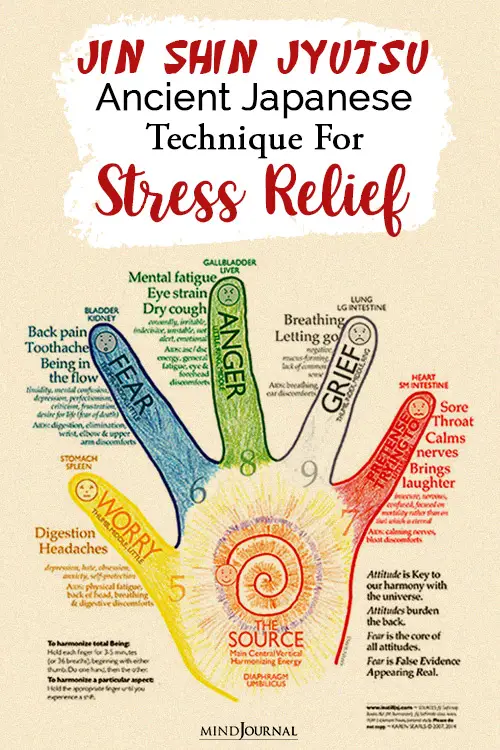
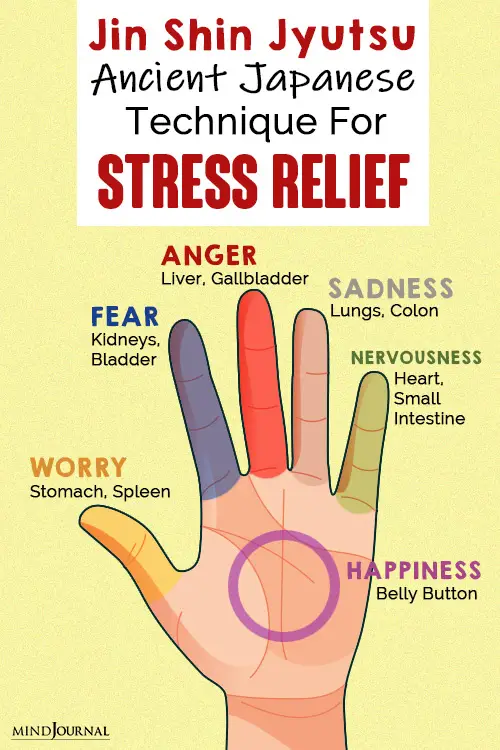
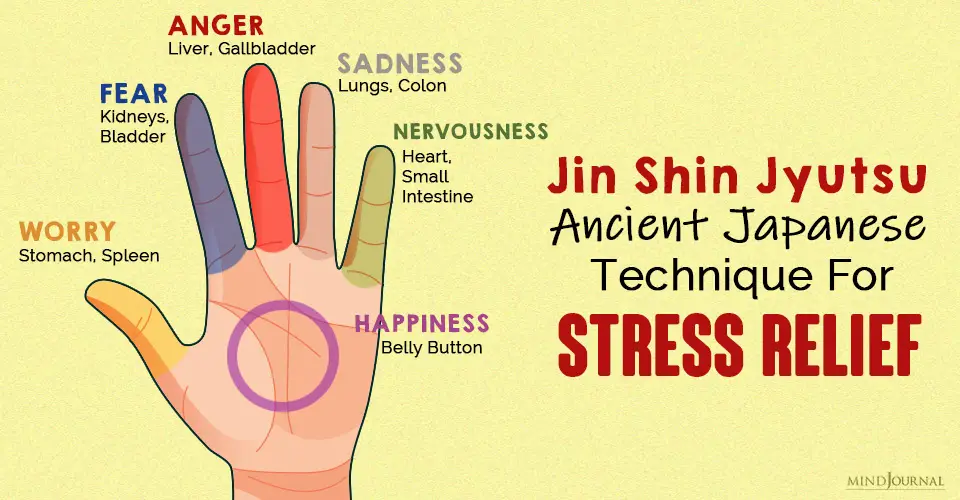
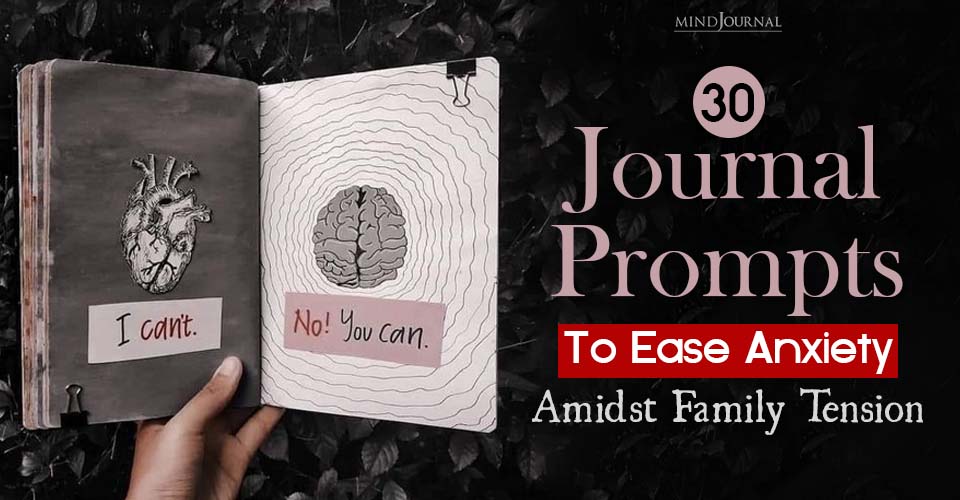
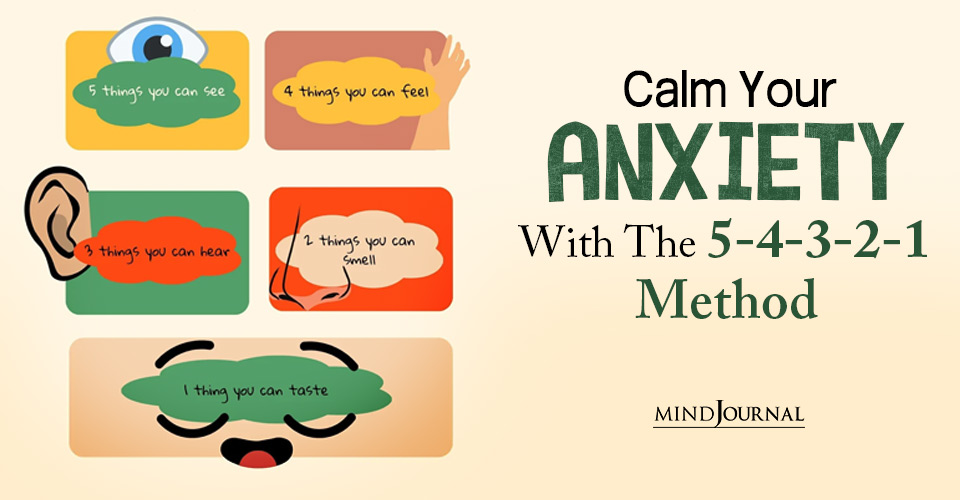
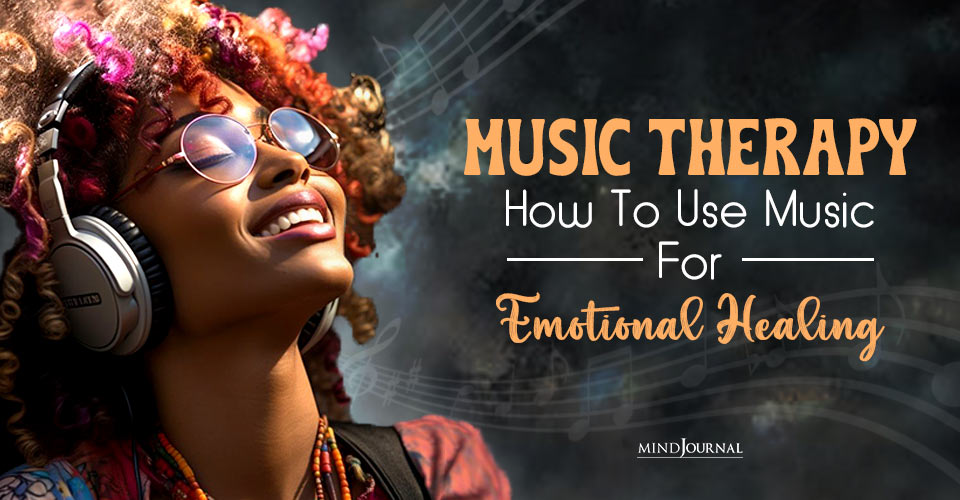
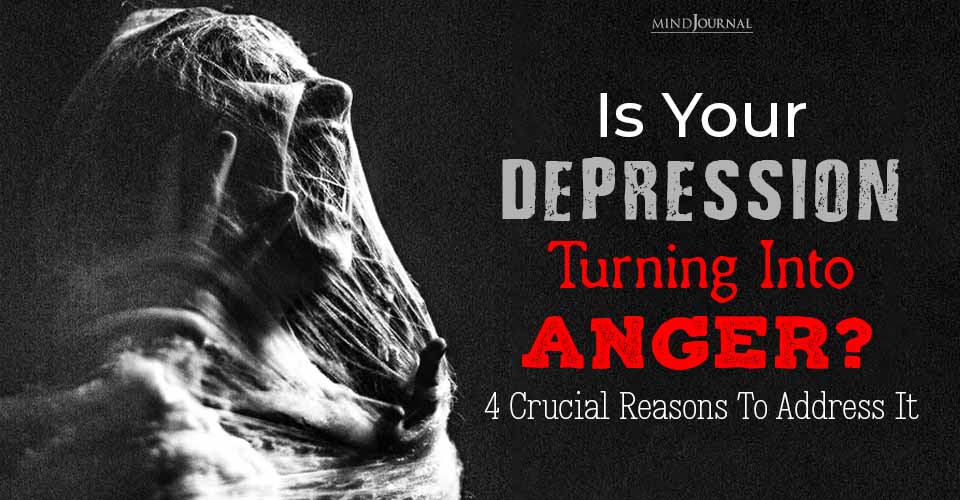
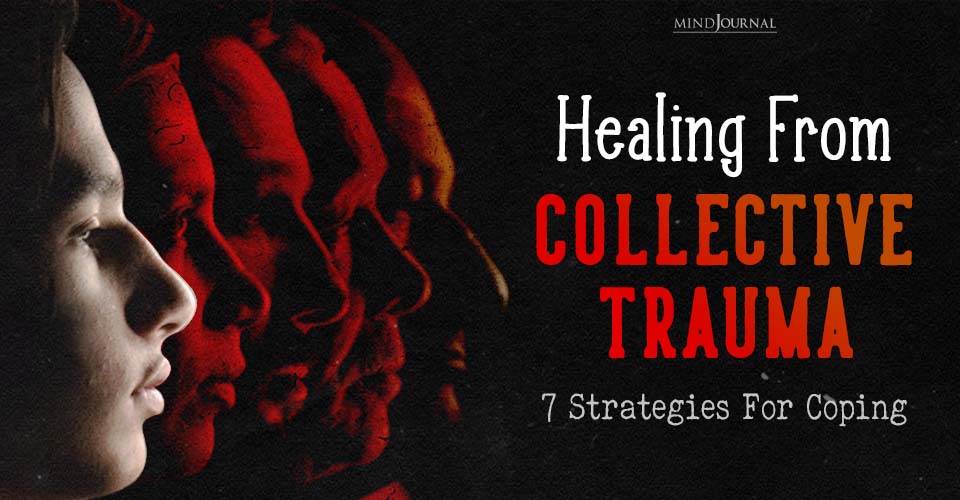
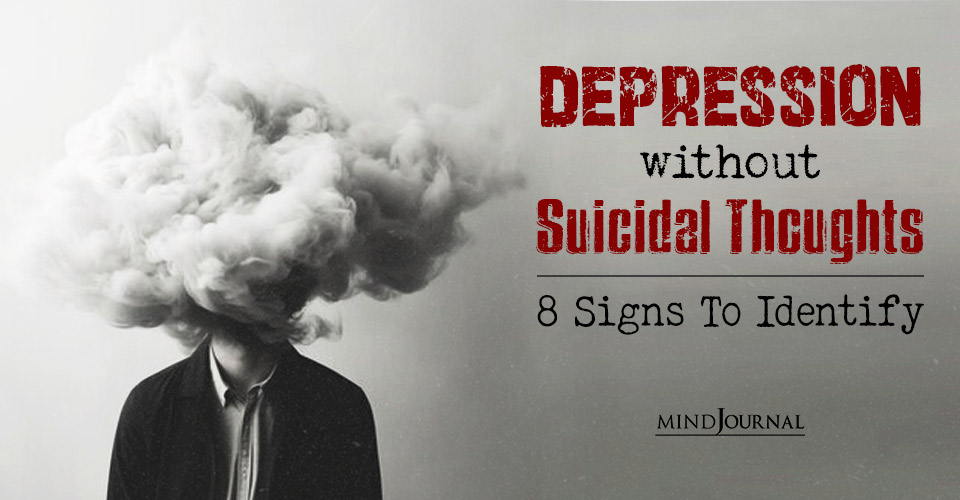
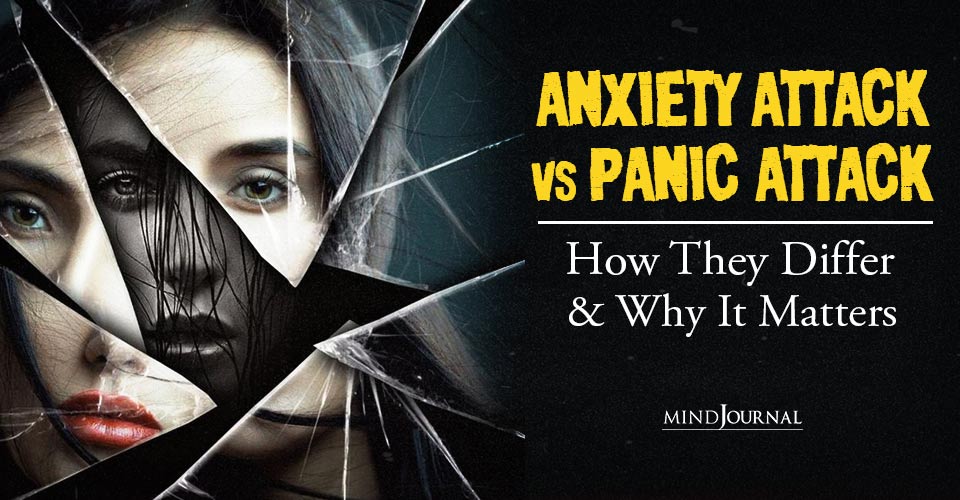
Leave a Reply
You must be logged in to post a comment.